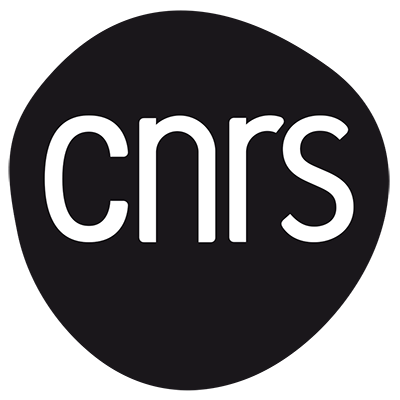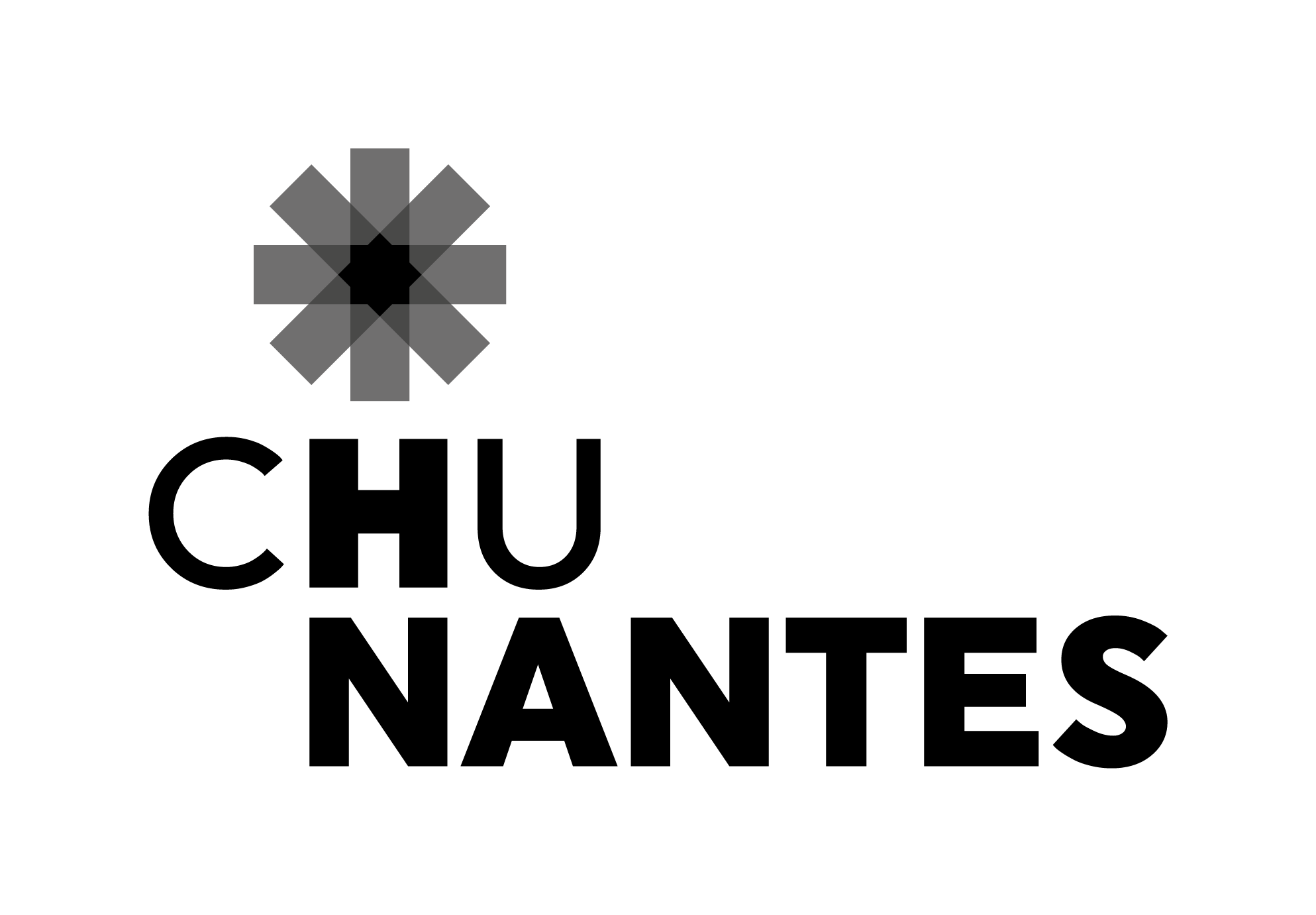O-GlcNAcylation et fonction cardiaque
Stage Licence 3, Master 1, Master 2 - Team II : Cardiac physiology and pharmacology
Notre groupe travail à l’identification de nouveaux traitements pour limiter l’impact de la dysfonction cardiaque dans le cadre de l’insuffisance cardiaque aigue. Pour cela nous utilisons 2 approches :
- la première approche ciblée visant à moduler les niveaux de O-GlcNAcylation par des composés pharmacologiques à la phase précoce du choc (septique ou hémorragique)
- la deuxième approche qui vise à utiliser des approches non biaisées (OMICS) pour identifier des cibles potentielles d’intérêt. En fonction du projet, nous utilisons des tissus humains ou des modèles induits (animaux transgénique ou modèle de chirurgie).
Des offres sont disponibles dans l’équipe pour des stages (Licence, M1 et M2) en rapport avec nos thématiques. En fonction du projet, l’étudiant pourra être amené à utiliser différentes techniques (culture cellulaire, mesure in vivo, OMIC, biologie moléculaire et cellulaire) afin d’identifier et de caractériser les différentes cibles potentiellement identifiées.
La personne postulant doit posséder des bases de physiologie, biologie cellulaire et moléculaire et avoir envie de travailler en équipe.
-----
Our group is working on the identification of new treatments to limit the impact of cardiac dysfunction in the context of acute heart failure. To do so, we use 2 approaches :
- the first targeted approach aiming at modulating O-GlcNAcylation levels by pharmacological compounds in the early phase of shock (septic or hemorrhagic)
- the second approach aiming at using unbiased approaches (OMICS) to identify potential targets of interest. Depending on the project, we use human samples or induced models (transgenic animals or surgical models).
Offers are available in the team for internships (Licence, M1 and M2) related to our themes. Depending on the project, the student may be required to use different techniques (cell culture, in vivo measurement, OMIC, molecular and cell biology) to identify and characterize the different targets potentially identified.
The applicant must have a basic knowledge of physiology, cell and molecular biology and be willing to work in a team.
Publications :
An O-GlcNAcylomic approach reveals ACLY as a potential target in sepsis in the young rat.
The Secretome Deregulations in a Rat Model of Endotoxemic Shock.
Oxid Med Cell Longev. 2021 Jul 24;2021:6650464. doi: 10.1155/2021/6650464. IF 6.5
3. Dupas T, Denis M, Dontaine J, Persello A, Bultot L, Erraud A, Vertommen D, Bouchard B, Tessier A, Rivière M, Lebreton J, Bigot-Corbel E, Montnach J, De Waard M, Gauthier C, Burelle Y, Olson AK, Rozec B, Des Rosiers C, Bertrand L, Issad T, Lauzier B.
Protein O-GlcNAcylation levels are regulated independently of dietary intake in a tissue and time-specific manner during rat postnatal development.
Acta Physiol (Oxf). 2020 Oct 6:e13566. doi: 10.1111/apha.13566. IF : 6
4. Ferron M, Cadiet J, Persello A, Prat V, Denis M, Erraud A, Aillerie V, Mevel M, Bigot E, Chatham JC, Gauthier C, Rozec B, Lauzier B.
O-GlcNAc stimulation: A new metabolic approach to treat septic shock.
Sci Rep. 2019 Dec 10;9(1):18751. IF 4.2
5. Gélinas R, Mailleux F, Dontaine J, Bultot L, Demeulder B, Ginion A, Daskalopoulos EP, Esfahani H, Dubois-Deruy E, Lauzier B, Gauthier C, Olson AK, Bouchard B, Des Rosiers C, Viollet B, Sakamoto K, Balligand JL, Vanoverschelde JL, Beauloye C, Horman S, Bertrand L.
AMPK activation counteracts cardiac hypertrophy by reducing O-GlcNAcylation.
Nat Commun. 2018 Jan 25;9(1):374. IF 13.8
Encadrant
Envoyez votre CV + lettre de motivation + références éventuelles à benjamin.lauzier@univ-nantes.fr





